Boosting Facebook posts can be an effective social media marketing strategy. Without knowledge on how it works or the benefits it offers, however, marketers may be unnecessarily wary of taking advantage of the great tool. Boosting posts is not a tactic to be used all the time, but is one that should be used intentionally to support your organization’s social media marketing efforts.

What are boosted posts?
When marketers create a Facebook post, it enters the views news feeds and is seen by a fraction of the audience. This number varies based on a number of factors decided by the Facebook algorithm that attempts to measure the relevance of posts to audiences to avoid flooding their feeds with poorly written posts or ones that aren’t relevant to the viewers. Boosting a post ensures the post is found more frequently in the News Feed, which means more people will see your post (and hopefully in return your organization will receive more social media marketing benefits from the post). Below are some simple dos and don’ts of Facebook posting.
 The Dos
The Dos
- DO boost posts that help your audience. The point of boosting posts is to get more eyes on your post. Getting more people to see how your organization provides value for them is a great way to gain new customers or reinforce the relationship with existing ones. Besides, viewers can tell pretty quickly a promotional post advertising a product or service from one that’s helpful content for them. Why pay money for an advertisement-type post that viewers are just going to glance over and ignore?
- DO boost posts that offer a call to action. Posts that encourage visitors to check out your website, join an email list, download a free ebook, etc. (while still offering valuable content to the audience of course) are great ones to promote. Ideally, a boosted post will not only get more individuals seeing the value you offer them, but will direct them to an action that builds your business.
- DO know exactly what you want to gain from the boosted post. Strategy is key to social media marketing, and it’s no different with boosted posts. If you do not know what you are trying to achieve, you will not be able to measure whether it was successful and it will be more difficult to pin point what made it perform well or poorly. Clearly articulate what you hope to get out of the boosted post (x number of people read about our new website launch, reach new audience members with our content post, etc.) before you boost it.
The Don’ts
- DON’T be overly hesitant to spend money. It can be hard to press that button to spend money on a post. Besides, if you did your job right and created a great post it should perform as effectively right? Wrong! The Facebook algorithm results in organic reach having unpredictable and less effective reach. It’s part of Facebook’s business plan to gain money from marketers. Unfortunately, spending money to boost important posts is just part of the game. You don’t have to play the game with every post, but you should when it is relevant.
- DON’T boost the post and never look at it. After you boost a post, make sure you monitor its success to gauge whether the return on investment was worth it. If it was, figure out what made the post so successful. If it wasn’t, figure out how to avoid that mistake for the future. Analytics are a big part of being successful at digital marketing. You have to adjust your plan when it isn’t working, and you have to know what worked. Make sure you are watching.
- DON’T slide into a boosting rut. It’s important to always be tweaking social media efforts to figure out the most effective tactics and get the highest return on investment. If you boost an evergreen post that performs well, fantastic! But don’t hesitate to boost a timely post, a video post, and the like. Know that it’s important to test out different types of posts. Some might not work well for your organization or audience, and that’s okay. Trial and error is a key part of social media success.

If you’re convinced you want to take advantage of the benefits of boosting Facebook posts, but are still hesitant on the best way to do so, do not fear. Alpine Small Business Solutions is here for you! We understand the ins and outs of boosting Facebook posts to meet businesses needs and would love to help you use this tool to help your organization. Simply email us or give us a ring for help on this, or any aspect of business building.


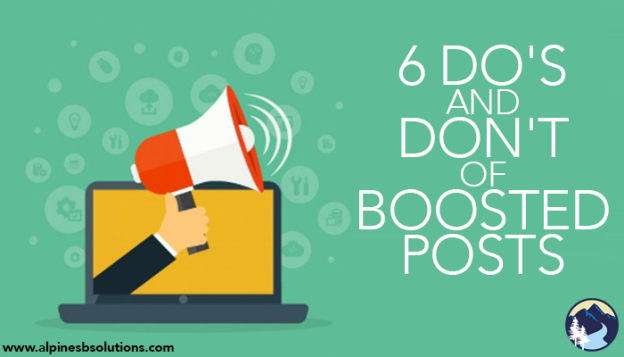

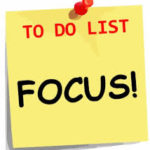 We are all guilty of it. We all have tried to “multitask.” It doesn’t work. You cannot do your best on more than one task at a time. Limit your distractions for periods of “focus time.” Set a timer for 50 minutes, close all the distractions (other open programs, emails, phone etc.), and just work on that one thing for the 50 minutes. Then take a 10-minute break. You can check in on your distractions, walk away, or get a drink, but take that break. Those uninterrupted focus periods allow you to put all your efforts in to one spot. You will get more done just working on that one thing. You can then come back to that task for the next focused period or move on, whatever the case will be, but give you undivided attention to a task for a set period.
We are all guilty of it. We all have tried to “multitask.” It doesn’t work. You cannot do your best on more than one task at a time. Limit your distractions for periods of “focus time.” Set a timer for 50 minutes, close all the distractions (other open programs, emails, phone etc.), and just work on that one thing for the 50 minutes. Then take a 10-minute break. You can check in on your distractions, walk away, or get a drink, but take that break. Those uninterrupted focus periods allow you to put all your efforts in to one spot. You will get more done just working on that one thing. You can then come back to that task for the next focused period or move on, whatever the case will be, but give you undivided attention to a task for a set period. Calls and emails are the biggest distraction for many people. You can spend a lot of time just putting out the fires that come in on email and take that unexpected call. It also means that you didn’t get your tasks for the day completed with focused, uninterrupted time. Find the time best for you and schedule in your day an hour here and there to just return emails and calls. You can use a focus period just to respond to email.
Calls and emails are the biggest distraction for many people. You can spend a lot of time just putting out the fires that come in on email and take that unexpected call. It also means that you didn’t get your tasks for the day completed with focused, uninterrupted time. Find the time best for you and schedule in your day an hour here and there to just return emails and calls. You can use a focus period just to respond to email. We all have a time of the day that is the slump. Some people are early morning people, some of late night people, some are guaranteed to be napping after lunch. Know where your weak point is and plan for it. If you are an afternoon slump person, know it and own it! Prepare for it by having that cup of coffee, or schedule your passion project during that time. If you aren’t prepping and working on something you don’t want to do at that time, you will not work efficiently.
We all have a time of the day that is the slump. Some people are early morning people, some of late night people, some are guaranteed to be napping after lunch. Know where your weak point is and plan for it. If you are an afternoon slump person, know it and own it! Prepare for it by having that cup of coffee, or schedule your passion project during that time. If you aren’t prepping and working on something you don’t want to do at that time, you will not work efficiently. They say however long you give yourself to do something is how long it will take. Put a little pressure on yourself to get things done. You might surprise yourself what watching the clock will do for you. Set a deadline for yourself to wrap up a project and hold yourself to it.
They say however long you give yourself to do something is how long it will take. Put a little pressure on yourself to get things done. You might surprise yourself what watching the clock will do for you. Set a deadline for yourself to wrap up a project and hold yourself to it.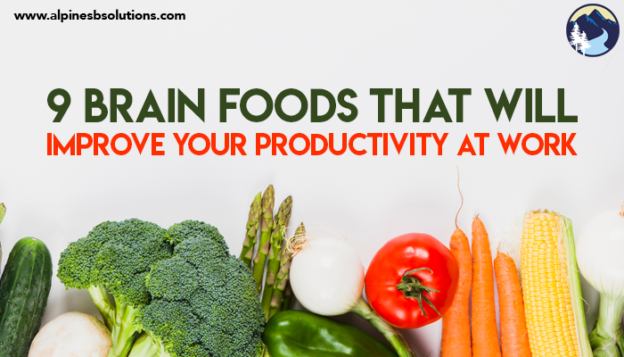
 Eggs are one of the best
Eggs are one of the best  Fatty fishes are excellent for promoting productivity! Salmon, however, is the best of them all. Salmon has high omega-3 fatty acids content, which is useful for improving memory and mental performance. These fatty acids can help depression and fatigue, which can both inhibit productivity immensely. Fish has also been proven to improve concentration and your overall mood. Other fatty fish include trout, mackerel, herring, sardines, pilchards, and kipper. Although eating freshly prepared fish is the best method, a fish oil supplement can be taken to achieve a similar result.
Fatty fishes are excellent for promoting productivity! Salmon, however, is the best of them all. Salmon has high omega-3 fatty acids content, which is useful for improving memory and mental performance. These fatty acids can help depression and fatigue, which can both inhibit productivity immensely. Fish has also been proven to improve concentration and your overall mood. Other fatty fish include trout, mackerel, herring, sardines, pilchards, and kipper. Although eating freshly prepared fish is the best method, a fish oil supplement can be taken to achieve a similar result. Avocados are a natural stimulant for promoting blood flow. Consistent blood flow through your heart and brain fires up your brain cells. This is another healthy, fiber packed fat that improves your overall focus. The best part? There’s so many delicious ways to prepare an avocado but their buttery flavor is amazing on their own!
Avocados are a natural stimulant for promoting blood flow. Consistent blood flow through your heart and brain fires up your brain cells. This is another healthy, fiber packed fat that improves your overall focus. The best part? There’s so many delicious ways to prepare an avocado but their buttery flavor is amazing on their own! Green tea is a natural energy enhancer and it comes without the negative side effects of other energy sources, such as the caffeine crash you get from coffee or energy drinks. However, the best (and more delicious) way to consume green tea is Matcha. Matcha is unique because it’s the entire leaf ground into a fine powder then made into a creamy tea, whereas other teas the leaves are steeped in hot water. By consuming the leaf as a whole, it provides fiber and polyphenols, a family of powerful antioxidants. It’s also a lot tastier—green tea ice cream is made from Matcha and if you haven’t tried it, I highly recommend it.
Green tea is a natural energy enhancer and it comes without the negative side effects of other energy sources, such as the caffeine crash you get from coffee or energy drinks. However, the best (and more delicious) way to consume green tea is Matcha. Matcha is unique because it’s the entire leaf ground into a fine powder then made into a creamy tea, whereas other teas the leaves are steeped in hot water. By consuming the leaf as a whole, it provides fiber and polyphenols, a family of powerful antioxidants. It’s also a lot tastier—green tea ice cream is made from Matcha and if you haven’t tried it, I highly recommend it. Finally, water. Now I know this isn’t a food, but it is important to mention that the amount of water intake significantly influences your health and productivity. Our body is made up of over 70% water and throughout the day, the water in our body slowly depletes. If you don’t drink enough water to replenish the lost liquid, your brain and other functions suffer the consequences. By devoting the energy to ensure you are drinking at least 8 glasses of water per day will give your brain the fuel it needs to be more focused and think more clearly.
Finally, water. Now I know this isn’t a food, but it is important to mention that the amount of water intake significantly influences your health and productivity. Our body is made up of over 70% water and throughout the day, the water in our body slowly depletes. If you don’t drink enough water to replenish the lost liquid, your brain and other functions suffer the consequences. By devoting the energy to ensure you are drinking at least 8 glasses of water per day will give your brain the fuel it needs to be more focused and think more clearly.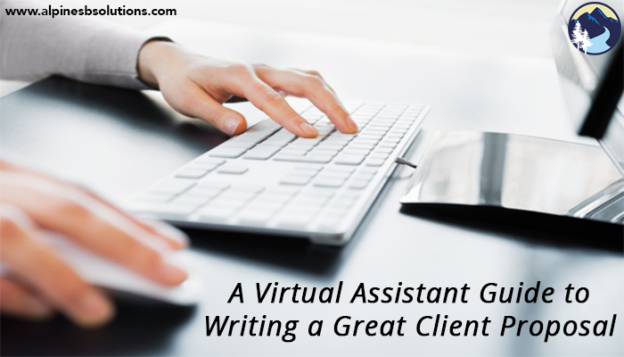
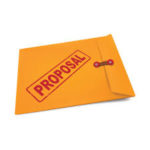 Every good
Every good 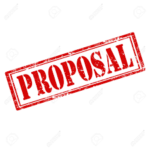 Now let’s get down to the fundamentals of the proposal. This is where you will outline exactly what they are going to receive in a way that makes it irresistible to them. As a
Now let’s get down to the fundamentals of the proposal. This is where you will outline exactly what they are going to receive in a way that makes it irresistible to them. As a  This is a chance for you to describe what you and your business are about, stand for, offer, and can contribute. Make sure you weave in full information about your business so they get a great picture of you as well.
This is a chance for you to describe what you and your business are about, stand for, offer, and can contribute. Make sure you weave in full information about your business so they get a great picture of you as well. Tie it all together. Create a sincere conclusion saying how excited you are that they have come to you and why you would be such a great fit. A good closing paragraph might look something like this: “I believe we are a good match and if you feel the same, let’s move on to the next steps.”
Tie it all together. Create a sincere conclusion saying how excited you are that they have come to you and why you would be such a great fit. A good closing paragraph might look something like this: “I believe we are a good match and if you feel the same, let’s move on to the next steps.”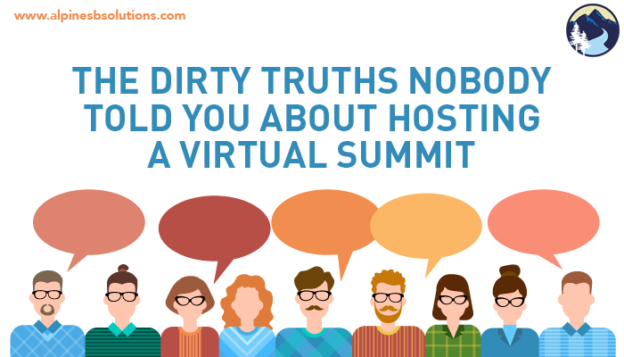
 This seems like a no-brainer but as a small business owner, it’s easy to put the equipment aside, forget about it and worry about all the other things on your to-do list. Then when push comes to shove, you set up last minute only to find out– %$#@! Technical difficulties! Please get your video, microphone, and programs all set-up well in advance and practice using them with friends and coworkers! That way if you come across any issues you can call over your techie friends to help you set it up and you’ll know how everything works before the big day comes. It is best to make sure you are super confident in the
This seems like a no-brainer but as a small business owner, it’s easy to put the equipment aside, forget about it and worry about all the other things on your to-do list. Then when push comes to shove, you set up last minute only to find out– %$#@! Technical difficulties! Please get your video, microphone, and programs all set-up well in advance and practice using them with friends and coworkers! That way if you come across any issues you can call over your techie friends to help you set it up and you’ll know how everything works before the big day comes. It is best to make sure you are super confident in the 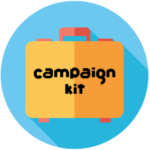 Let’s face it, you’re not a jack of all trades, and you are definitely not a designer! Designing and digital marketing are really in-depth processes, and when they are done right, it is very successful! Leave this to the pros to help
Let’s face it, you’re not a jack of all trades, and you are definitely not a designer! Designing and digital marketing are really in-depth processes, and when they are done right, it is very successful! Leave this to the pros to help  Different States, Countries, and Time zones – Oh my! The number of guests you will be interviewing during your summit may be shocking. Four to Five speakers will not suffice. Expect to be interviewing around 25-30 people in your industry. Trying to
Different States, Countries, and Time zones – Oh my! The number of guests you will be interviewing during your summit may be shocking. Four to Five speakers will not suffice. Expect to be interviewing around 25-30 people in your industry. Trying to 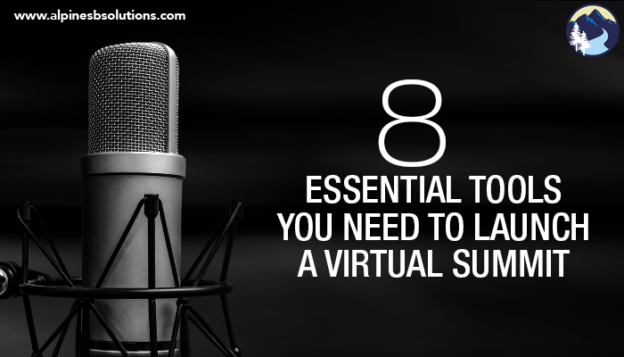
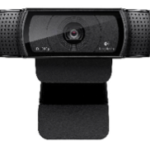 Unlike podcasts, a virtual summit requires a webcam. High quality helps to engage and keep your viewers interested. While most laptops, desktops and phones do have a webcam built in, they are usually not the best quality. Some smart phones do have a great camera, but lack in microphone quality. Besides, it’s much easier to manage broadcasting when you have a set-up at your computer station. Trying to do it all mobile proves to be a challenge.
Unlike podcasts, a virtual summit requires a webcam. High quality helps to engage and keep your viewers interested. While most laptops, desktops and phones do have a webcam built in, they are usually not the best quality. Some smart phones do have a great camera, but lack in microphone quality. Besides, it’s much easier to manage broadcasting when you have a set-up at your computer station. Trying to do it all mobile proves to be a challenge.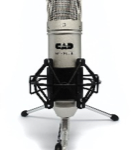 Webcams almost always come with a built-in microphone, but again the quality will never be as good than if you invest in a separate USB microphone. A microphone is just as important as your video; what good is a virtual summit if nobody can understand a word you are saying? You do not need to dive into professional recording equipment for this. Just look for a microphone that is recommended for podcasts and gaming with noise cancellation.
Webcams almost always come with a built-in microphone, but again the quality will never be as good than if you invest in a separate USB microphone. A microphone is just as important as your video; what good is a virtual summit if nobody can understand a word you are saying? You do not need to dive into professional recording equipment for this. Just look for a microphone that is recommended for podcasts and gaming with noise cancellation.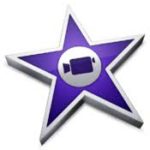 It doesn’t matter what video editing software you use. It is up to you to use whatever tool you feel most comfortable working in. There are complex video editing software costs hundreds of dollars, but there are many free options as well. If you have a Mac computer your computer already comes with
It doesn’t matter what video editing software you use. It is up to you to use whatever tool you feel most comfortable working in. There are complex video editing software costs hundreds of dollars, but there are many free options as well. If you have a Mac computer your computer already comes with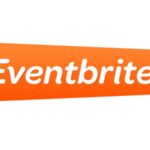 You might have to get creative in how you sell your all-access pass because your customers will need a way to log-in to the membership site. An example could include adding these customers to a separate mailing list and giving them a log-in and password to the membership site. This same mailing list could be used to market a new product/service as mentioned in the last article.
You might have to get creative in how you sell your all-access pass because your customers will need a way to log-in to the membership site. An example could include adding these customers to a separate mailing list and giving them a log-in and password to the membership site. This same mailing list could be used to market a new product/service as mentioned in the last article.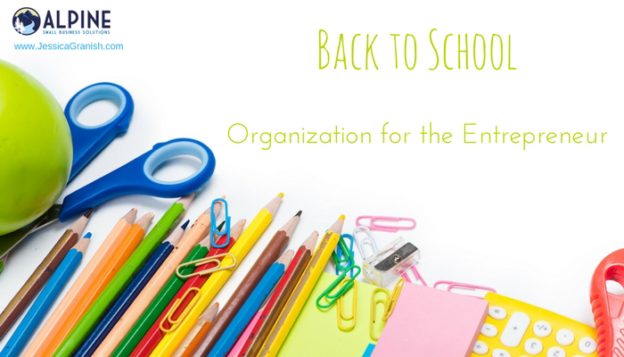
 It’s the paradox of the entrepreneur life. You hold autonomy over your schedule, but you should use that autonomy to set restrictions. Ask any successful entrepreneur and they will tell you a schedule is key (not convinced? Check out
It’s the paradox of the entrepreneur life. You hold autonomy over your schedule, but you should use that autonomy to set restrictions. Ask any successful entrepreneur and they will tell you a schedule is key (not convinced? Check out If you are lucky enough to have a storage area, pack it to the brim with discount supplies. If you haven’t already, make sure your supplies are organized and easily accessible.
If you are lucky enough to have a storage area, pack it to the brim with discount supplies. If you haven’t already, make sure your supplies are organized and easily accessible. Productivity hacks are great. They let you work smarter, not harder. Pick a few new productivity tricks to try out this school year. You can even pick a new trick each month to continually make yourself more effective.
Productivity hacks are great. They let you work smarter, not harder. Pick a few new productivity tricks to try out this school year. You can even pick a new trick each month to continually make yourself more effective.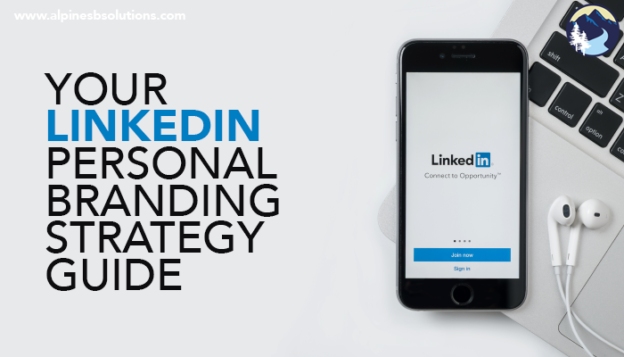
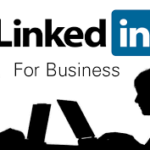 As an entrepreneur, you are already stretched pretty thin. I get it! The last thing you want is another item on your to-do list. Fortunately, this one really does only take a few minutes a day. If you need to, download the LinkedIn app on your phone so you can update it while waiting in line at the grocery store or during your commute.
As an entrepreneur, you are already stretched pretty thin. I get it! The last thing you want is another item on your to-do list. Fortunately, this one really does only take a few minutes a day. If you need to, download the LinkedIn app on your phone so you can update it while waiting in line at the grocery store or during your commute.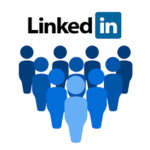 At some point each week, make sure you are completing the following tasks.
At some point each week, make sure you are completing the following tasks.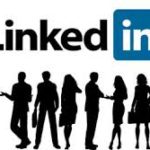 Each month, take the time to accomplish the following tasks.
Each month, take the time to accomplish the following tasks. Each quarter, take time to comb over your profile and make any necessary tweaks.
Each quarter, take time to comb over your profile and make any necessary tweaks.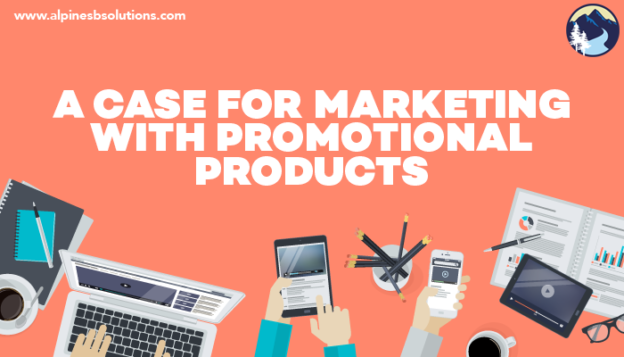
 The cost per impression tends to be among the lowest for promotional products compared to other methods of advertising.
The cost per impression tends to be among the lowest for promotional products compared to other methods of advertising. For raising awareness among the target audience, promotional products lead to
For raising awareness among the target audience, promotional products lead to They say
They say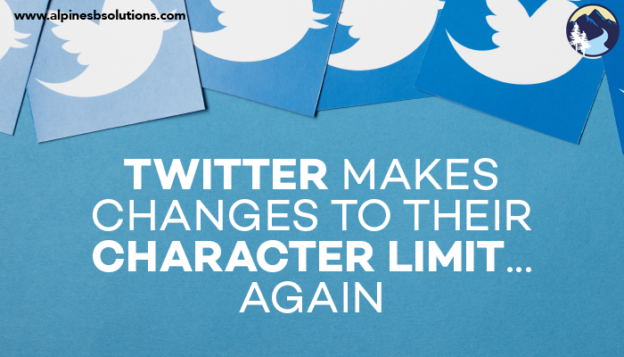
 Previously, a reply would involve a tweet beginning with “@username” and then the user’s message. The username character count went towards the 140-character limit. If a few users were involved in the conversation, the character total quickly got eaten up. It also made it difficult to actually see the message content since it was after a long string of usernames
Previously, a reply would involve a tweet beginning with “@username” and then the user’s message. The username character count went towards the 140-character limit. If a few users were involved in the conversation, the character total quickly got eaten up. It also made it difficult to actually see the message content since it was after a long string of usernames Twitter’s goal is to make conversations easier to follow, allowing users to focus on the discussion of the tweets and not the lists of those in the discussion.
Twitter’s goal is to make conversations easier to follow, allowing users to focus on the discussion of the tweets and not the lists of those in the discussion.  In the past few years,
In the past few years,